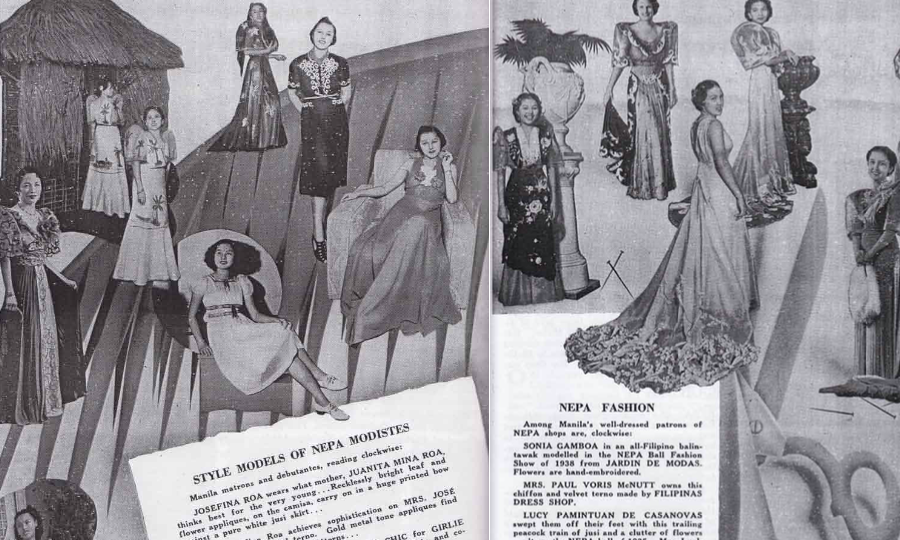
NEPA and Women: A Study of the Relationship between the Representation of Gender, Fulfillment of a Role, and Acceptance of an Identity
2013. Plaridel: A Philippine Journal of Communication, Media, and Society 10 (2): 49–67.
The oppression, marginalization, and discrimination of Filipino women are prevalent in Philippine colonial history—from the misrepresentation of the image of the babaylan to replace them with friars during the Spanish colonization, to the relegation of Filipinas to an inferior position as the brawn and political aptitude of men were seen as more important for nation-building during the American occupation. In embracing patriarchy, the image and identity of women were bounded by and associated solely with the kitchen and household. This image proliferated through advertisements, fliers, newspapers, and many others. This study seeks to analyze the National Economic Protectionism Association or NEPA and the media materials the institution released in the 1930s. Using the structure of the association and its media text, the study aims to show how the role of the women in society was represented from 1934 to 1941, and how this representation translated to the creation of Filipina identity in this critical period of nationhood. Finally, the study seeks to understand why some Filipino women appear to have accepted and embraced this misrepresentation even in the light of activism among women during the Commonwealth Period.